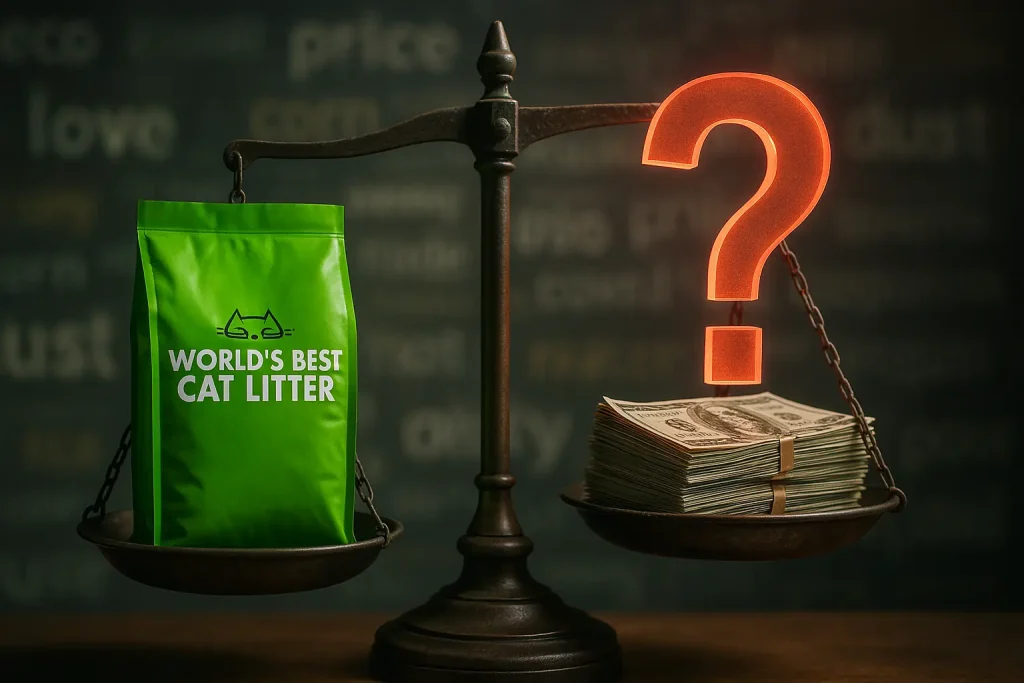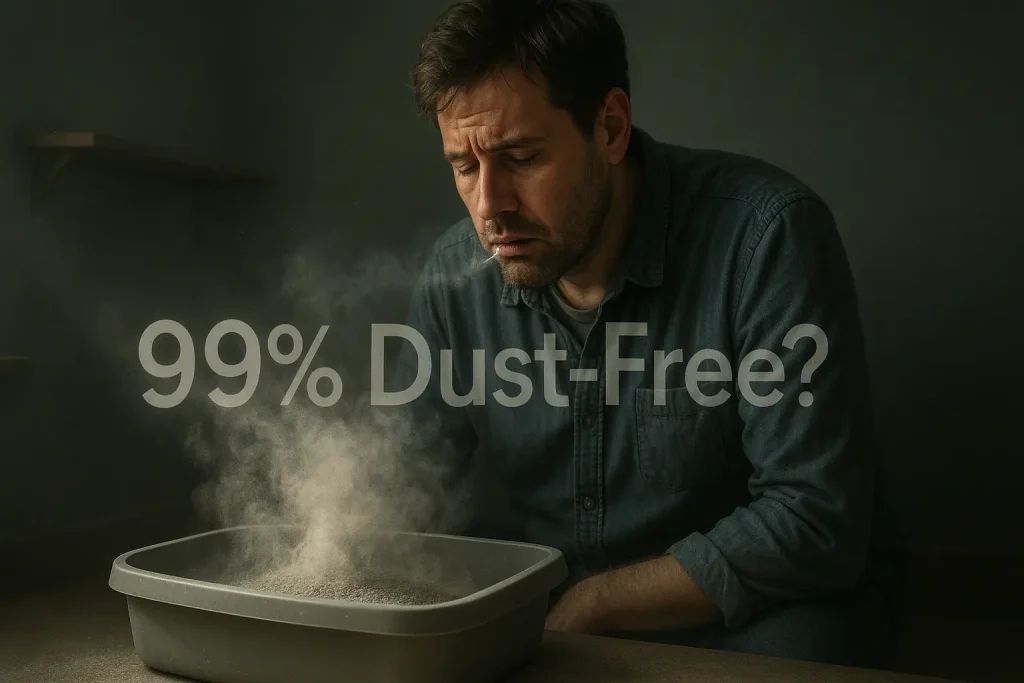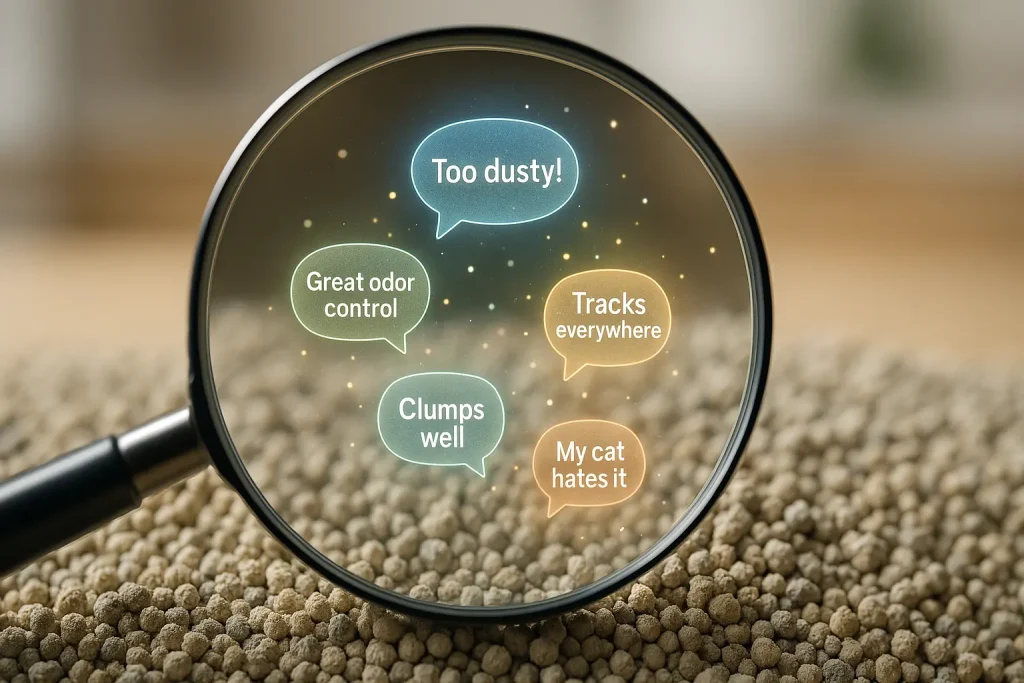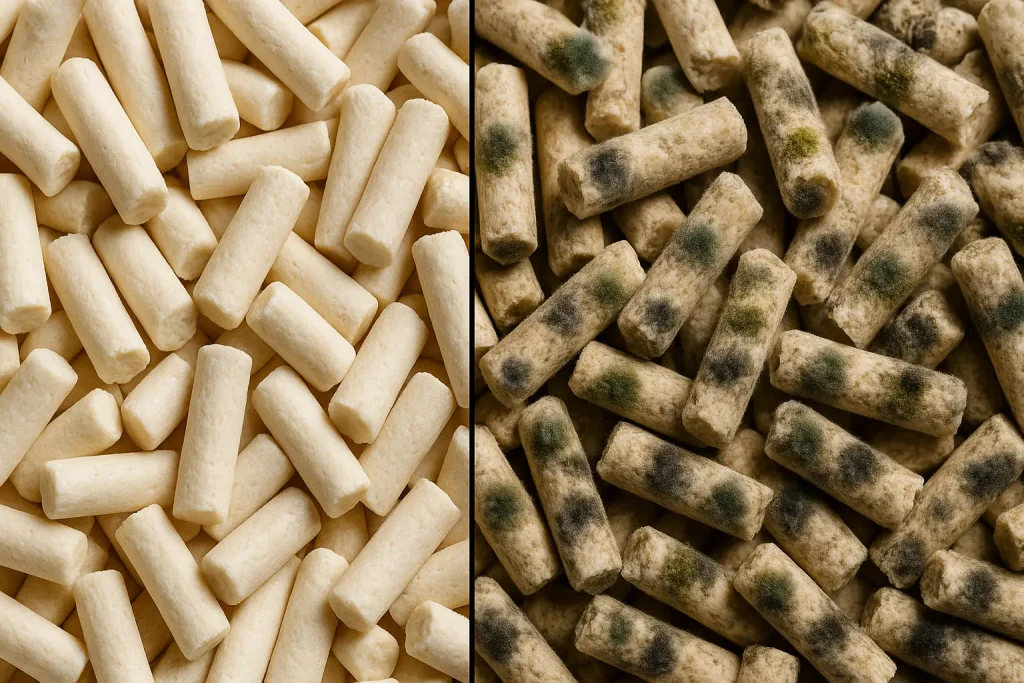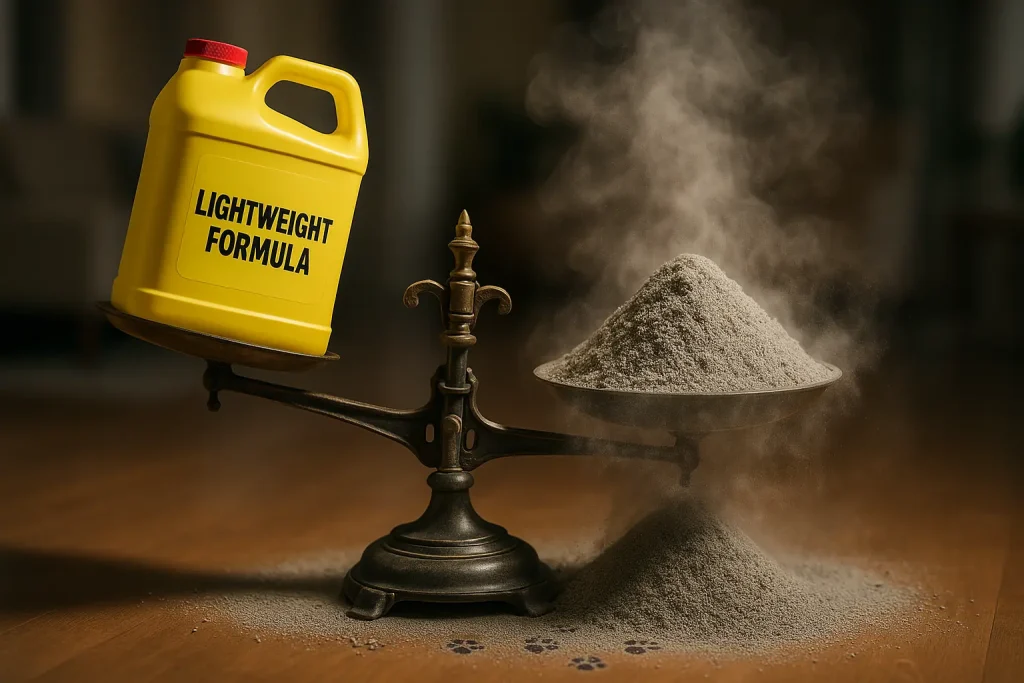The PrettyLitter Promise: At-Home Health Clues or Anxiety Overload?
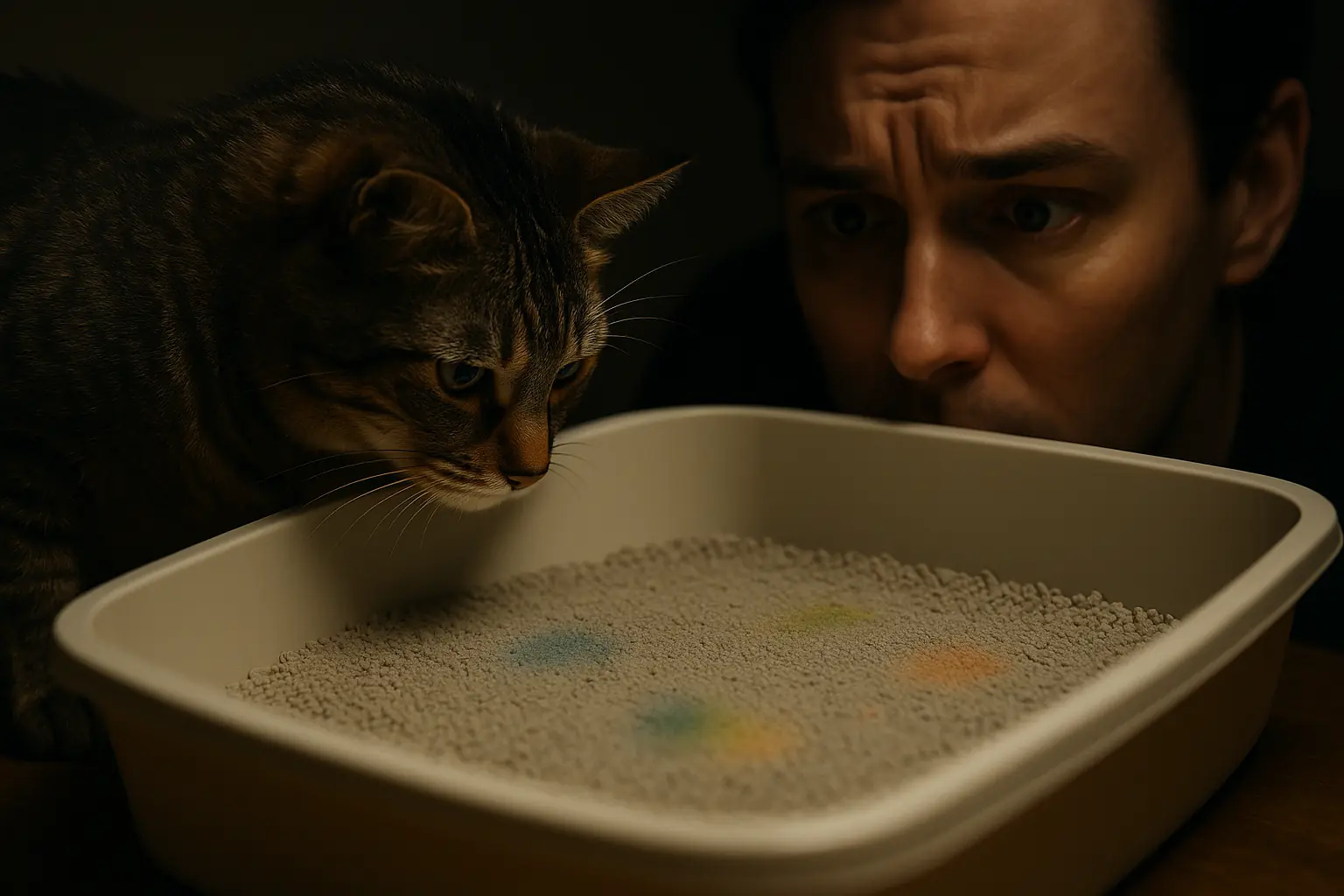
Ever wished your cat's litter box could whisper health secrets? PrettyLitter markets precisely this possibility. Its silica gel crystals change color. These color shifts purportedly indicate potential feline urinary tract issues or other health concerns. Many cat owners are understandably drawn to the promise of early detection and potential peace of mind.
But does a rainbow of hues in the pan truly offer straightforward health insights? Or does it sometimes become a source of considerable worry for diligent cat parents? Our extensive analysis of user-generated content reveals a complicated story. The desire for health knowledge meets the reality of interpreting these colorful clues. This creates a real emotional tightrope for some.
This deep dive scrutinizes PrettyLitter's core health-monitoring feature. We investigate what countless cat owners actually report about the accuracy and day-to-day utility of these color changes. How often do these alerts correlate with veterinary diagnoses according to user accounts? Our investigation sifts through thousands of reviews and forum discussions. The goal is to understand the genuine user experience, separating advertised benefits from real-world outcomes. We present what the collective voice of cat owners suggests.
Decoding the Rainbow: What PrettyLitter Says Each Color Means
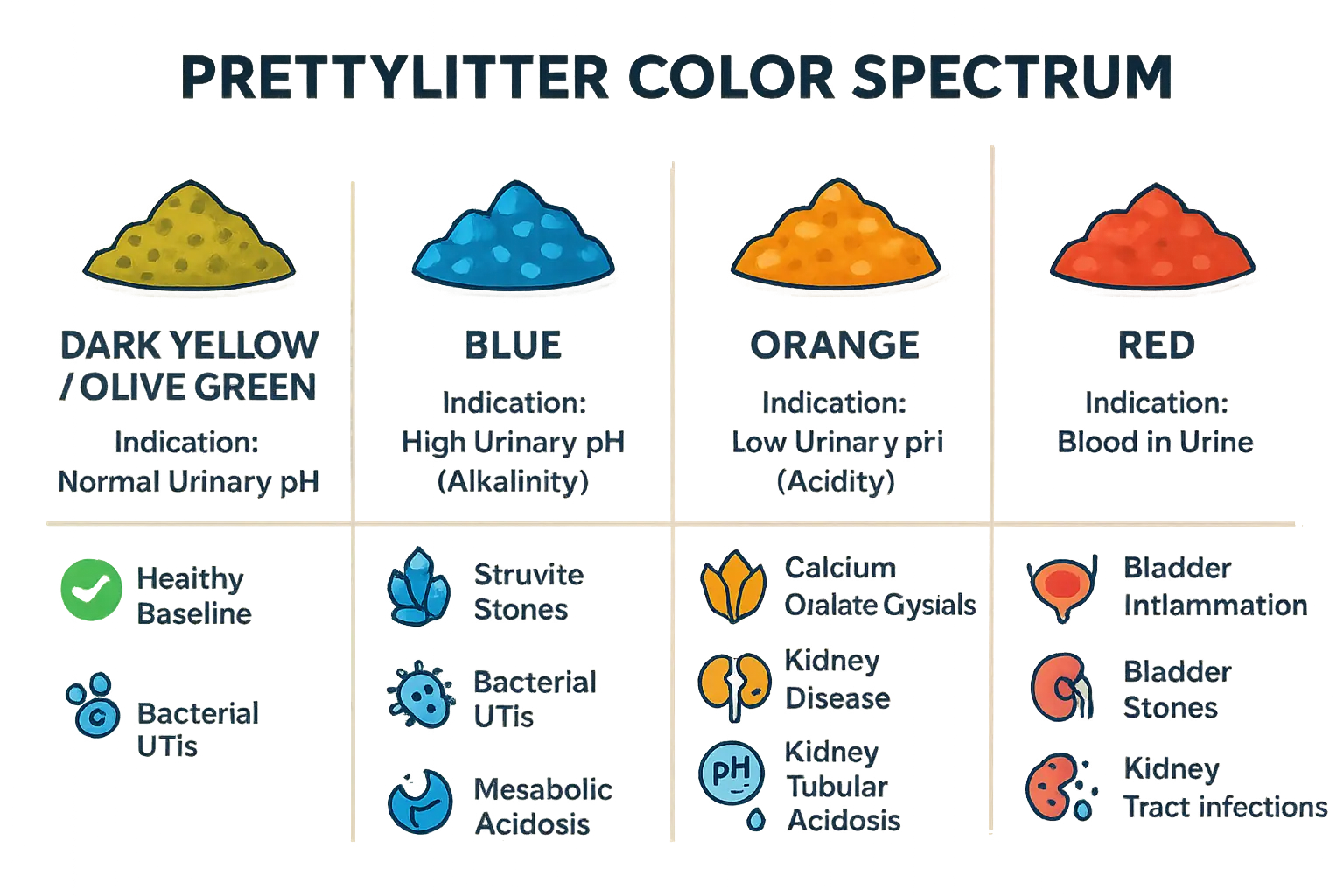
PrettyLitter's core feature involves its color-changing crystals. These crystals react to specific urinary elements from your cat. PrettyLitter claims these color shifts signal potential health concerns in cats. Early warning is the promise.
The company provides a color interpretation guide. This guide links each observed color to potential health indicators. So, what does PrettyLitter tell you each specific hue signifies?
- Yellow or Olive Green: PrettyLitter states this color indicates normal, healthy urine. No detected urinary abnormalities are implied by this range.
- Blue: This color, according to PrettyLitter, signals abnormal alkalinity. This may suggest a urinary tract infection or generally alkaline urine.
- Red: PrettyLitter links this color to blood in the urine. Possible conditions include urinary tract injury, infections, or stones.
- Bright Green: The company claims this indicates abnormal acidity. This could point to metabolic disorders or overly acidic urine.
- Orange: PrettyLitter associates this color with bilirubin presence. This may indicate liver problems or bile duct issues.
The User Reality: A Deluge of 'False Alarms' and Confusion? (UGC Deep Dive)
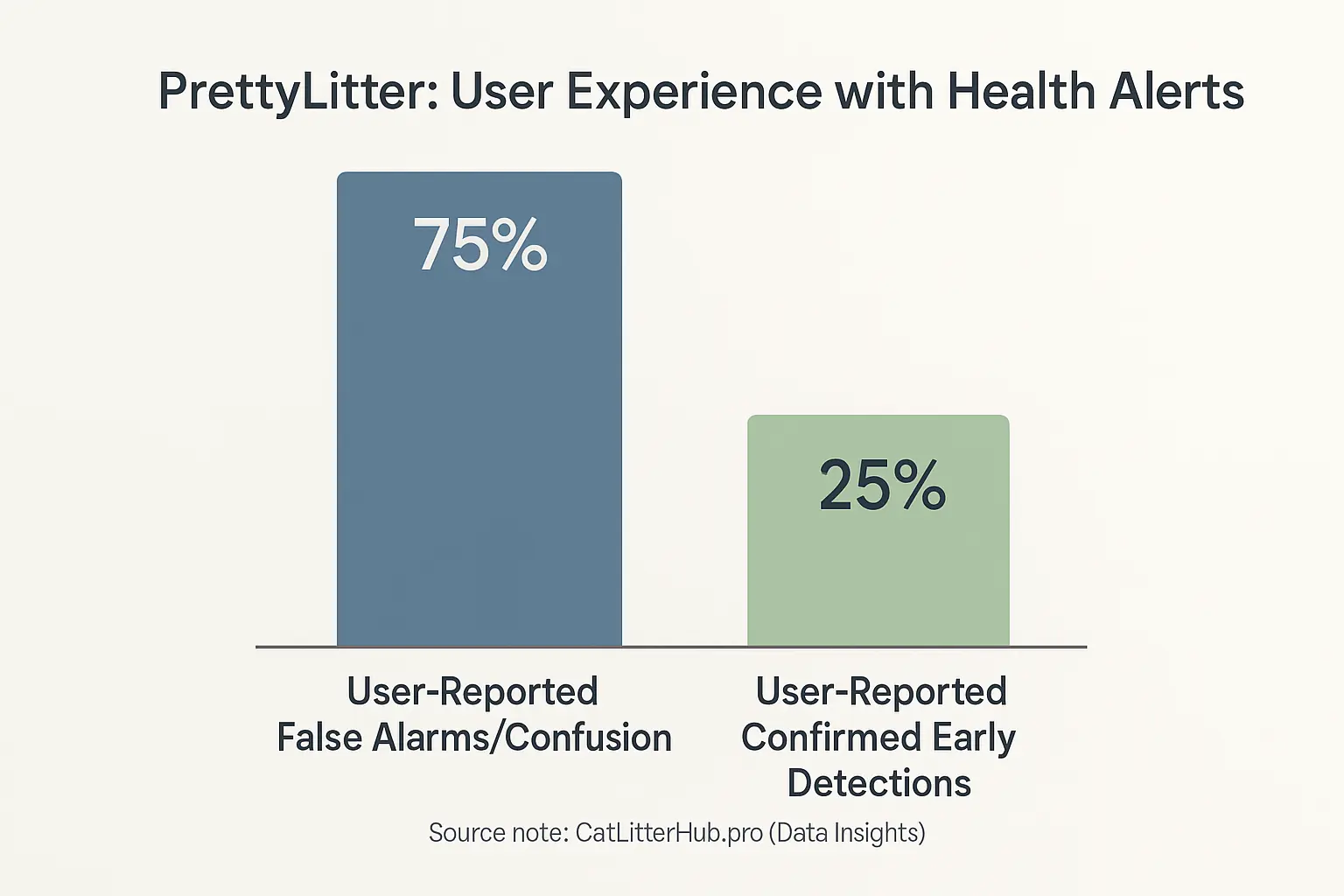
So, the colors change. But what happens next in real homes? Cat Litter Hub's trawl through thousands of owner experiences paints a complicated picture. A recurring theme in owner feedback is the sheer volume of "false alarms" generated by PrettyLitter. These instances frequently trigger significant owner anxiety. The path from color change to clear diagnosis is often not straightforward for users.
Many users report a flurry of concerning color changes. A sudden blue appears. Or a fleeting red. These moments send owners into a panic. Veterinary visits often follow. The common outcome? The vet finds absolutely nothing wrong with the cat. Countless forum threads echo this sentiment: the litter indicated a problem, but the cat was perfectly healthy. Sometimes, the concerning color reverts to normal even before a scheduled vet appointment, adding to the confusion. This pattern emerges consistently from user accounts.
Then there is the ambiguity. "Is this orange too orange?" owners ask online. "Or is that a normal yellow?" The subtle shifts, or colors not quite matching the provided chart, leave many playing a stressful guessing game. Interpreting these nuanced color variations becomes a source of daily worry. Synthesizing these experiences, a clear pattern of user uncertainty emerges. This lack of clarity is a major frustration point.
While some users do report successfully identifying health issues early, a significant portion of online discussion centers around the anxiety. The emotional toll is considerable. These inconclusive alerts also lead to vet visits. Those visits carry costs. The collective experience of seasoned cat parents frequently points to this discrepancy between litter indication and actual health status. This is a core issue for many PrettyLitter customers.
Interactive Guide: What Might That PrettyLitter Color Mean (And What to Do Next)
PrettyLitter Color Interpretation Guide
Select the color you're seeing in the litter box:
Your interpretation will appear here.
DISCLAIMER: This guide is for informational purposes ONLY, based on general claims & aggregated user experiences. It is NOT a substitute for professional veterinary diagnosis. ALWAYS consult your veterinarian immediately if you have any concerns about your cat's health or see persistent color changes.
Remember, this guide offers insights. PrettyLitter itself is an observation aid. Neither replaces your veterinarian; your vet is your best friend in these situations. Any persistent color change warrants a vet visit. A concerning color also demands professional attention. Any shift in your cat's typical behavior means calling your vet. Period. Your veterinarian is your primary health partner for your cat.
Users also share valuable observations from their homes. The lighting in your room can sometimes alter how a color appears. Even the age of the litter in the box might influence your perception. It's a complex puzzle, truly, when assessing subtle changes.
Think of yourself as a health detective for your furry friend. PrettyLitter offers potential clues, information that can be a good conversation starter with your vet. It is one piece of information among many. Your veterinarian holds the key to the full, accurate diagnosis. Use these tools cautiously, always partnering with professional veterinary care for your cat's wellbeing.
The Vet's Viewpoint: How Reliable Are Litter-Based Health Indicators?
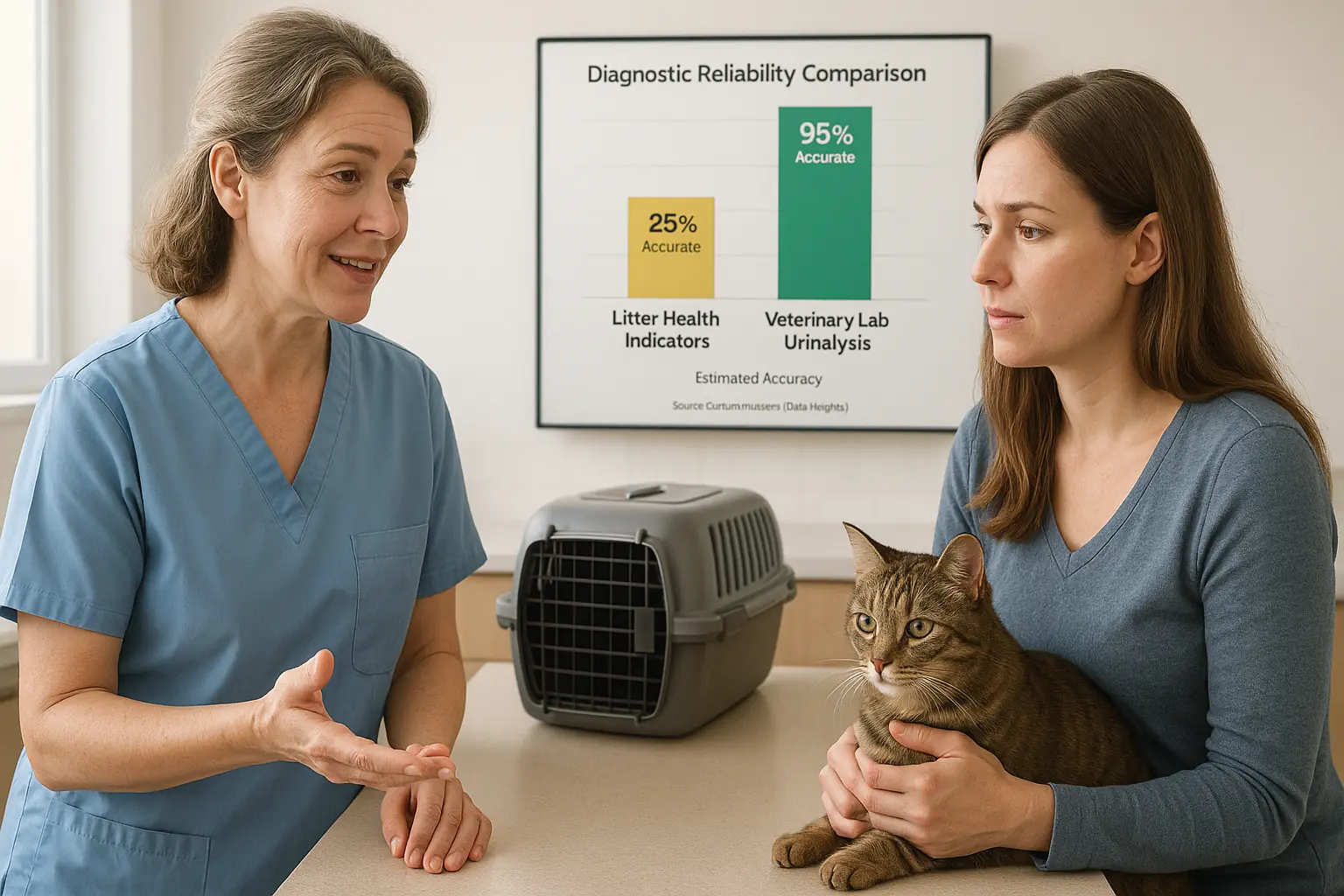
So, what do the folks in white coats think about these health-indicator litters? Veterinary opinions on at-home litter diagnostics can vary. Common themes, however, consistently emerge from widespread veterinary advice. These themes highlight cautious acknowledgment of potential alongside significant reservations about reliability.
Some vets acknowledge a potential benefit. These litters can encourage owners to observe litter box habits more closely. Such increased attention is always positive. Occasionally, a color change might offer a very early, albeit vague, hint of an underlying issue, prompting a timely vet visit.
However, the veterinary community widely expresses caution regarding diagnostic accuracy. False positives from litter indicators frequently cause owner anxiety. Unnecessary vet visits and tests often follow. More concerning are false negatives. A normal-looking litter could dangerously delay crucial treatment for a genuinely sick cat. Owners might also misinterpret color changes. Remember, external factors like diet, stress, or even certain medications can influence these litter reactions, confounding any simple interpretation.
The consensus from most veterinary professionals is clear. Use these litters as one small observational aid only. They are not a substitute for professional diagnosis. Never skip regular veterinary check-ups. Delaying a vet visit if you suspect any problem is a significant risk. A laboratory urinalysis, performed by your vet, provides the gold standard for accurate urinary health assessment, not the litter tray.
The Price of Peace (or Panic?): PrettyLitter Cost vs. Real-World Value (UGC Perspective)
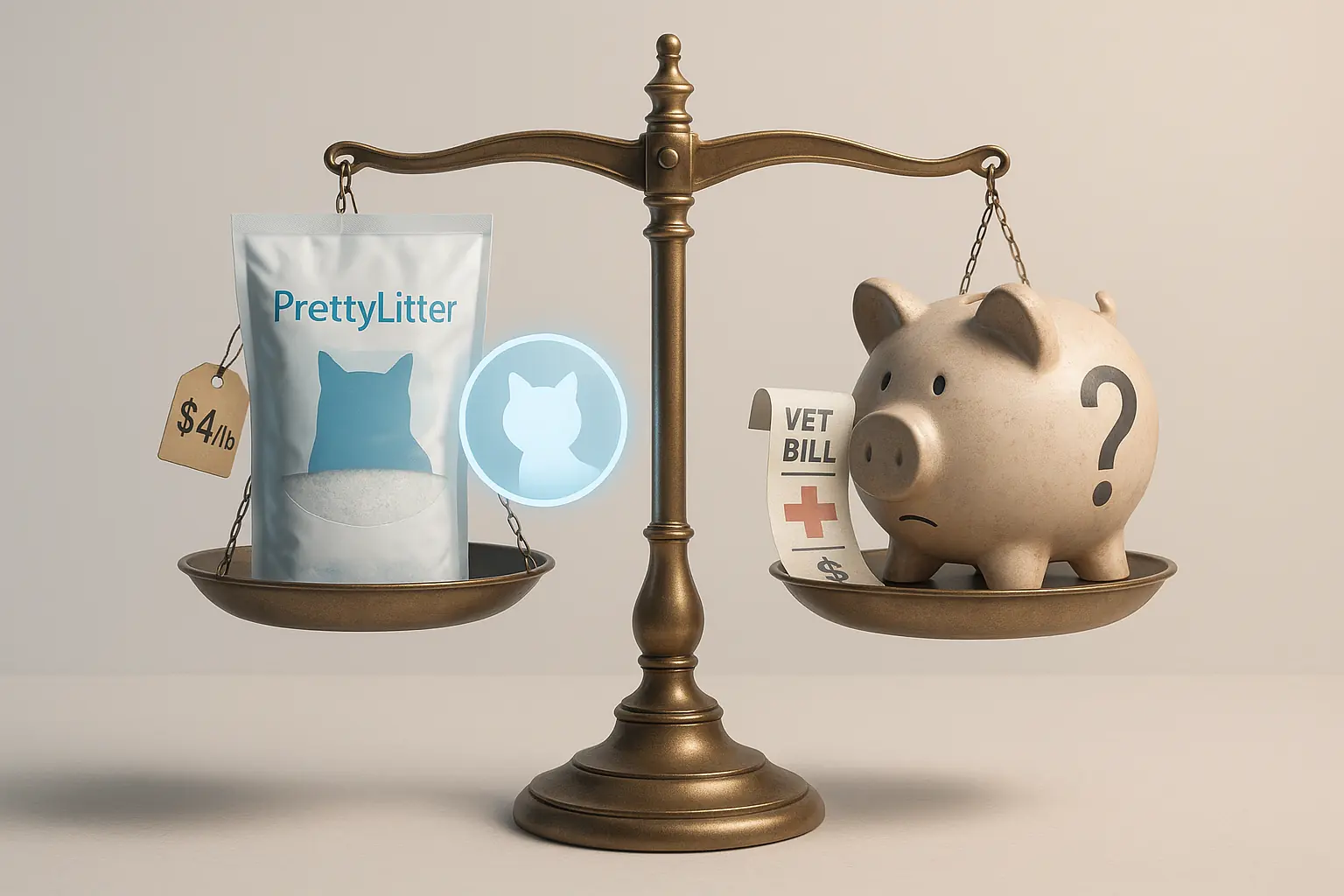
Let's talk dollars and sense. PrettyLitter positions itself as a premium product. This often involves a subscription model. Our analysis of thousands of user reviews confirms this higher price point, typically around $4 per pound. So, is this investment justified by its health-monitoring promise?
For some cat owners, the math adds up. They perceive significant value. The potential for early health detection, especially for cats with pre-existing urinary conditions, offers immense peace of mind. Many users report this feeling alone makes the cost worthwhile. These owners often view the subscription as a small price for proactive pet care, potentially saving on larger vet bills later if an issue is caught early. Our data shows these users highly value the convenience.
However, a prominent theme in less satisfied user feedback is the unexpected financial burden of false positives. Frequent, inaccurate color changes can trigger multiple vet visits. These visits involve consultation fees. Sometimes, unnecessary diagnostic tests follow. This cycle creates stress. These additional expenses, as detailed in numerous owner accounts, can quickly surpass the litter's purchase price, negating the product's perceived value for these households.
Ultimately, the collective user experience suggests PrettyLitter's true cost-effectiveness is deeply personal. No single answer fits all. It hinges on an individual cat's health profile and the owner's anxiety levels. Crucially, its value depends on how reliably the color changes reflect reality for their specific cat. Our analysis indicates a clear divide: for some, it's a vital tool; for others, a source of costly frustration.
Beyond the Colors: How Does PrettyLitter Perform as an Actual Litter? (UGC on Odor, Dust, Tracking)
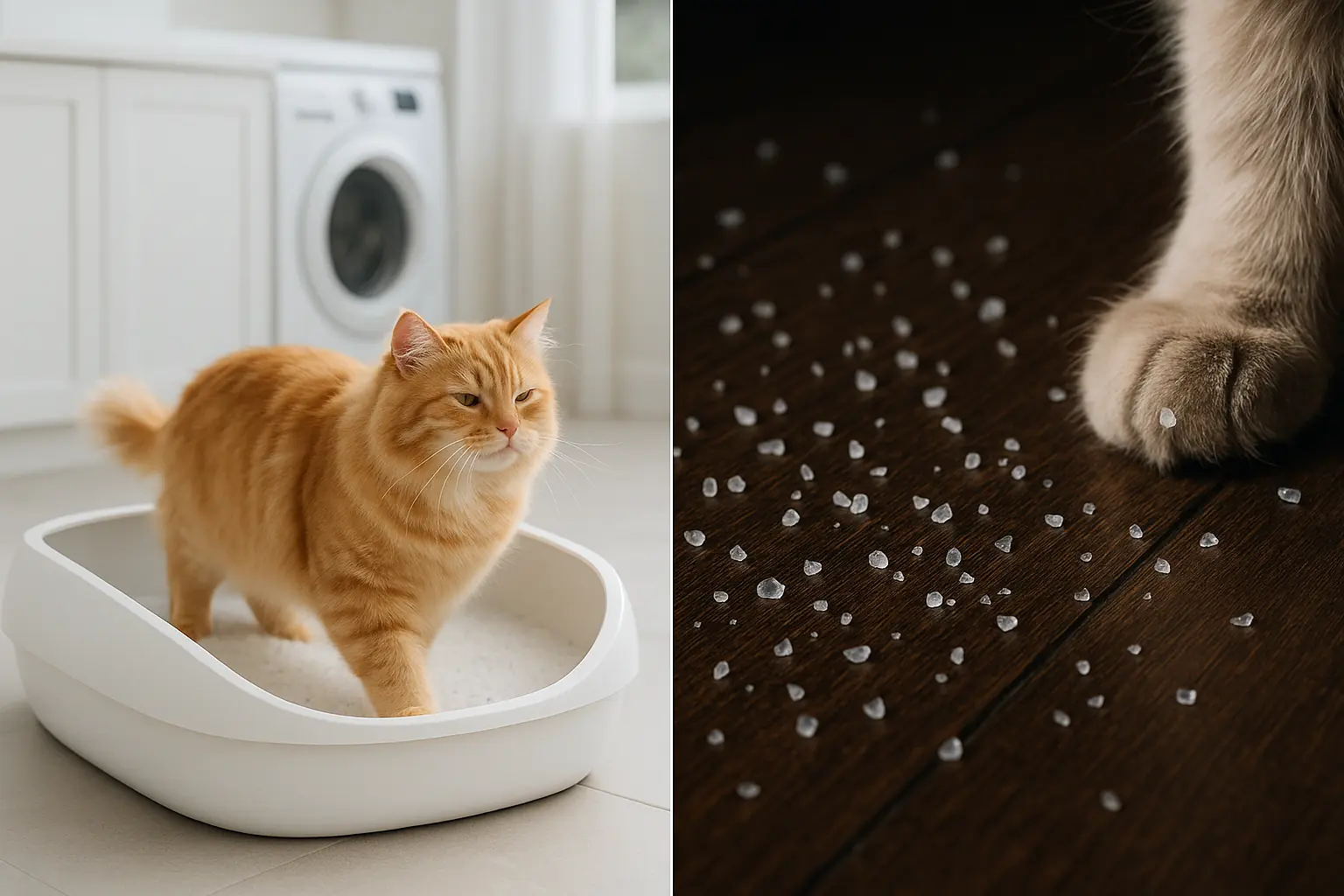
Okay, health monitoring aside for a moment. How does PrettyLitter stack up as, well, just plain cat litter? Users offer many insights. Real-world performance truly matters. The collective voice of cat owners reveals its everyday usability.
Odor control is a huge deal for owners. User experiences with PrettyLitter here are quite divided. Some owners praise its silica gel for effective urine absorption. Odors seem well-managed, especially in the first weeks. However, many others report a different story as time goes on. Multi-cat households often see odor control fade faster. Some users note a faint, chemical-like smell, likened to a pool, once the litter is saturated. For others, the 'unscented' quality means lingering biological odors eventually persist.
What about dust? Many users find PrettyLitter produces less dust than some other crystal litters. This is a big win. Sensitive cats and people appreciate this. However, pouring or vigorous scooping can still kick up a noticeable silica cloud, according to reports. Tracking presents a more consistent problem for numerous households. Those fine silica crystals, while absorbent, often cling to paws. Countless reviews mention crystals spreading through homes. This can be a real nuisance for many owners.
So, as a basic litter, PrettyLitter has clear upsides reported by users. Low dust is a frequent praise point. But user feedback also highlights downsides. Odor longevity raises questions for some. Tracking is a significant complaint. The consensus from user reviews suggests its main draw remains the health monitoring. Its performance as just a litter doesn't consistently outperform others for every cat owner.
The Verdict: PrettyLitter - Groundbreaking Health Tool, Clever Marketing, or Source of Stress?
PrettyLitter's actual value remains a key question for cat owners. Is it a health revolution, clever marketing, or an anxiety trigger? Our sifting of voluminous user data offers some answers.
PrettyLitter's innovative concept draws many owners. Some users report it successfully flagged health issues early. Its low-dust nature is a frequently mentioned benefit. The product encourages closer observation of feline habits. For some, this increased attention is a positive outcome.
However, a large number of users report false alarms. These false positives generate considerable owner anxiety. They also lead to unnecessary veterinary expenses for many. Veterinarians consistently remind owners: it is not a diagnostic tool. Its performance as a daily litter also receives mixed reviews from the community, with tracking sometimes noted as an issue.
Ultimately, PrettyLitter's suitability for your home depends on several factors. Your tolerance for potential ambiguity is one. Your budget for follow-up vet visits is another. Your cat's specific needs are paramount. Cat Litter Hub's analysis of user data suggests this path: proceed with informed caution. View it as one potential observational aid among many. Always, always trust your veterinarian's expertise above all else.

